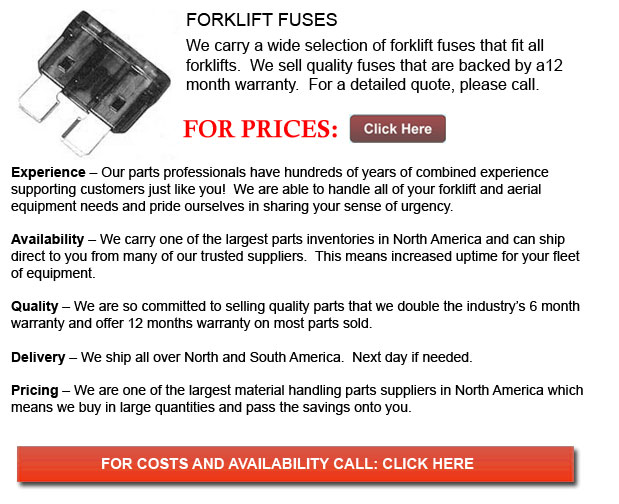
Forklift Fuse - A fuse comprises a metal strip or a wire fuse element of small cross-section in comparison to the circuit conductors, and is usually mounted between two electrical terminals. Generally, the fuse is enclosed by a non-combustible and non-conducting housing. The fuse is arranged in series which can carry all the current passing throughout the protected circuit. The resistance of the element generates heat due to the current flow. The size and the construction of the element is empirically determined in order to make certain that the heat generated for a regular current does not cause the element to attain a high temperature. In cases where too high of a current flows, the element either melts directly or it rises to a higher temperature and melts a soldered joint in the fuse that opens the circuit.
An electric arc forms between the un-melted ends of the element when the metal conductor parts. The arc grows in length until the voltage required to sustain the arc becomes higher compared to the accessible voltage in the circuit. This is what leads to the current flow to become terminated. When it comes to alternating current circuits, the current naturally reverses direction on every cycle. This particular method significantly improves the speed of fuse interruption. When it comes to current-limiting fuses, the voltage required to sustain the arc builds up fast enough to really stop the fault current before the first peak of the AC waveform. This effect tremendously limits damage to downstream protected units.
Usually, the fuse element is made up of zinc, copper, alloys, silver or aluminum which will supply predictable and stable characteristics. Ideally, the fuse will carry its rated current indefinitely and melt quickly on a small excess. It is essential that the element must not become damaged by minor harmless surges of current, and should not oxidize or change its behavior after possible years of service.
So as to increase heating effect, the fuse elements can be shaped. In big fuses, currents can be separated between multiple metal strips. A dual-element fuse can comprise a metal strip that melts immediately on a short circuit. This kind of fuse could even comprise a low-melting solder joint which responds to long-term overload of low values than a short circuit. Fuse elements could be supported by nichrome or steel wires. This would make sure that no strain is placed on the element but a spring may be incorporated to increase the speed of parting the element fragments.
The fuse element is normally surrounded by materials that work so as to speed up the quenching of the arc. A few examples comprise silica sand, air and non-conducting liquids.
![]() Click to Download the pdf
Click to Download the pdf
Forklift Parts
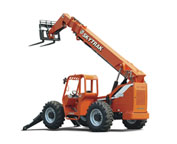
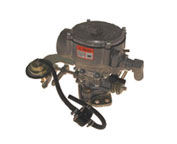
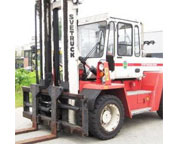
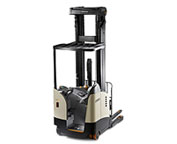
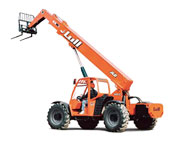
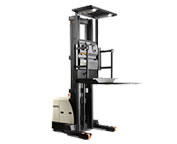
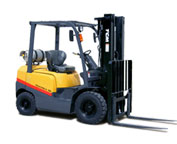
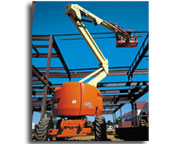
Lift Parts Express
TOLL FREE: 1-888-695-7994
Burnaby, British Columbia
forkliftpartsburnaby.ca
Email Us
About Us


